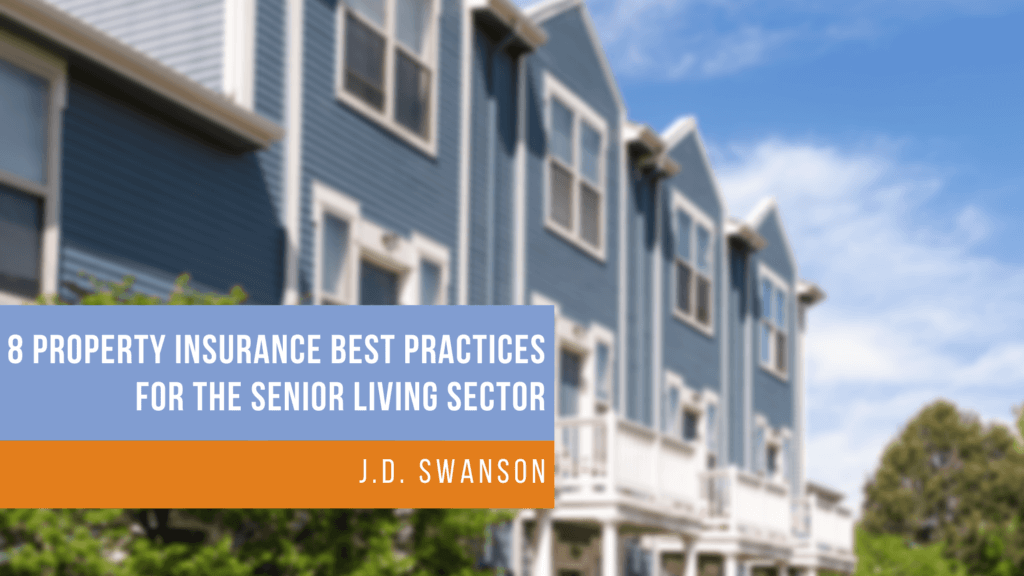Propel provides innovative insurance solutions to thousands of companies across the country. We make it our business to know your world inside and out.
Insights, Producer's Corner, Property, Senior Care
8 Property Insurance Best Practices for the Senior Living Sector
The senior living market continues to face rising property insurance costs. Over the past few years, losses have increased in both catastrophe (CAT) and attritional (non-CAT) categories causing insurers to bolster underwriting scrutiny, narrow coverage and increase rates.
As we approach Hurricane Season in the coming months and as you look ahead to your insurance renewal, we encourage you to follow eight senior living sector best practices to position your communities as an attractive risk for underwriters.
The State of Property Insurance
According to MarketScout, commercial property rates increased 8.3% in the fourth quarter of 2021. Natural disasters and unpredictable weather are contributing to the premium hikes. We’ve seen significant hail, flood, tornado and fire losses over the last few years, and the 2021 Atlantic Hurricane season was above-average with 21 named storms. This was the sixth consecutive above-average Atlantic Hurricane season, according to NOAA. The cumulative effect of these losses, combined with pandemic fears, supply chain disruptions, inflation, and increased costs of building materials and labor, is putting major pressure on insurers. Rates for reinsurance, which helps insurers manage risks from catastrophic losses, have increased as a result.
Policyholder demand for insurance is up, but carrier capacity is down. Carriers are being more selective about which accounts they will underwrite and how they will deploy capacity. Although we’re starting to see some capacity re-enter the market, very few carriers are offering the same large limits that were historically available, creating the need for more shared and layered approaches. Carriers are carefully examining their CAT exposed business and in many cases are less likely to offer key sub-limits such as wind-driven rain coverage.
Carriers that offer wind deductible buy-backs have also become more selective and more expensive. Policyholders can expect to see larger hurricane and named storm deductibles pushed, especially in the tri-county region of Florida, Louisiana and coastal Texas. At the same time, building valuations are being more heavily scrutinized. Insurance-to-value is a major topic and carriers are challenging submissions where there is concern over the adequacy of the values reported. Because of this issue, blanket limits are also more difficult to come by as carriers want scheduled limits per building/location.
The Impact on the Senior Living Niche
These market conditions are impacting a wide range of industries and asset classes, including the senior living market. However, many carriers are still targeting the senior living market in their growth strategies and there is a healthy amount of competition in the space.
Senior living accounts do face certain challenges. While some of the challenges are venue/location specific, factors such as wood frame construction, older buildings, attritional (non-CAT) water losses, protection, and cooking exposures will all be closely examined. Generally speaking, buildings with healthcare occupancy are viewed more favorably than dedicated independent living buildings because they typically have superior construction and protection.
Best Practices for Senior Living Organizations
The following best practices for senior living communities can help you position your account well in a challenging market.
- Select your broker carefully. Work with a broker who specializes in and understands the nuances of senior living, and who has the necessary relationships, trust, and clout in the property market to bring the best results.
- Prepare in advance. The underwriting process can take longer in a challenging market. Aim to begin submission preparation 120 days before renewal.
- Provide complete and accurate data. It’s vital to include as much data as possible. Accurate construction, occupancy, protection and exposure information, along with up-to-date roof age and material information, will yield more accurate modeling results and help you make more informed decisions.
- Know your values at risk. Review the building, contents and business income values you are insuring to and discuss with your broker. In doing so, consider inflation, increased costs, and recent appraisals. A property loss could result in operations being down for a period of time. It’s important to understand what revenue would be lost and what recurring or additional expenses there would be in such a scenario. We have a Senior Living Business Income Worksheet that can help you calculate an adequate limit for your communities.
- Communicate with your broker throughout the renewal process. Don’t get taken by surprise or let things slip through the cracks. The market is changing rapidly, so you need to make sure that your information is current.
- Discuss your coverage goals. You need a good strategy to navigate this market. Make sure you and your broker are aligned in terms of the options you want to see to mitigate market increases.
- Solidify your emergency preparedness plans. Give your broker a copy of these plans and review them with your team. Also revisit and renew any mutual aid agreements that exist, as well a communication strategy outlining how you’ll communicate with residents and families in the event of a hurricane or other disaster.
- Follow through on your preventative maintenance plan. These plans can go a long way in extending the useful life of expensive buildings and equipment and preventing those attritional losses that carriers are worried about.
With these best practices for senior living organizations and an expert broker, you can navigate the current market successfully.
Do you need help securing coverage for your senior living property? Contact us.

J.D. Swanson
Working in the insurance industry for over 6 years, J.D. specializes in risk management solutions for the senior care, real estate, construction and non-profit industries. His team works tirelessly to build trust with their clients to deliver on their commitments and operate with integrity, professionalism and grit. More about J.D....


